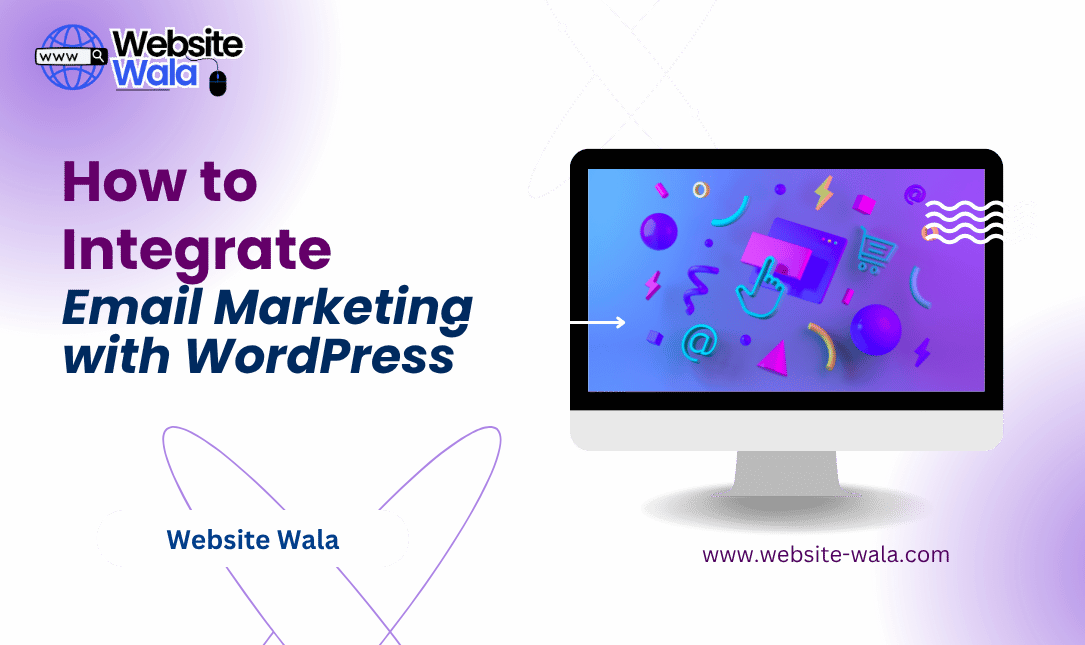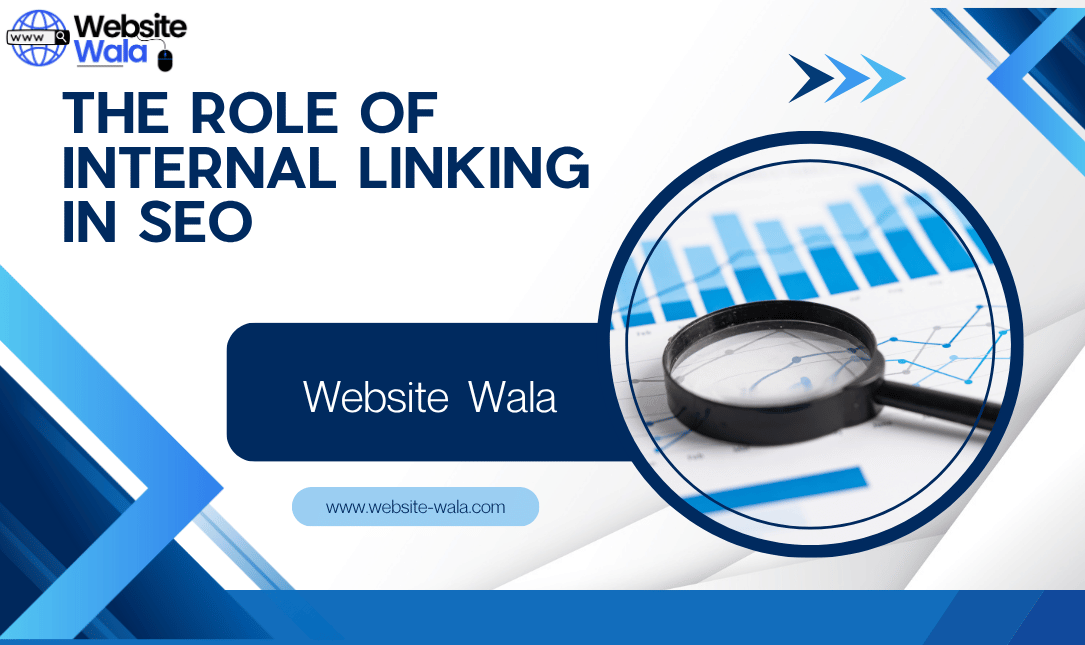
Learn How to Optimize Your Website’s Headings for SEO to boost visibility, enhance user experience, and improve search engine rankings effectively.
How to Optimize Your Website’s Headings for SEO
Understanding How to Optimize Your Website’s Headings for SEO is one of the most powerful yet overlooked aspects of on-page SEO. Website headings do more than just organize content—they guide both users and search engines through your page’s structure. When optimized correctly, heading tags (H1, H2, H3, etc.) improve readability, establish a clear website hierarchy, and strengthen your SEO strategy.
In this comprehensive guide, we’ll explore how to craft, structure, and optimize your website’s headings to maximize your search engine optimization results.
Why Headings Matter in SEO
Before diving into How to Optimize Your Website’s Headings for SEO, it’s important to understand why headings matter. Headings act as signposts that help search engines interpret your content’s relevance and organization. Each heading tag (from H1 to H6) defines the importance of content sections.
For example, your H1 tag should reflect the primary topic of the page—similar to a title—while H2s and H3s support subtopics and related sections. This structure not only benefits readers but also assists search engines like Google in crawling and ranking your content accurately.
Proper heading optimization ensures that your content aligns with your target keywords, improving your search engine rankings and overall website optimization.
Step 1: Understand the Role of Each Heading Tag
To master How to Optimize Your Website’s Headings for SEO, you must first understand the function of each heading tag:
-
H1 (Main Title): Represents the primary topic or focus keyword. There should only be one H1 per page.
-
H2 (Subheadings): Divide your content into major sections.
-
H3–H6 (Sub-subheadings): Further break down complex topics within each H2.
By using these header tags properly, you establish a clear website hierarchy, making it easier for users to navigate and for search engines to index your page correctly.
Step 2: Craft a Powerful H1 Tag
Your H1 is the most critical heading on the page, so it must be optimized carefully.
To effectively use How to Optimize Your Website’s Headings for SEO within your H1:
-
Include your focus keyword naturally (preferably at the beginning).
-
Keep it descriptive yet concise (50–70 characters).
-
Avoid keyword stuffing or using multiple H1 tags.
For instance, a strong H1 might be:
“How to Optimize Your Website’s Headings for SEO: A Complete Guide.”
This signals to search engines exactly what your page is about while engaging readers right away.
Step 3: Use H2 and H3 Tags Strategically
When learning How to Optimize Your Website’s Headings for SEO, remember that your subheadings (H2s and H3s) are where keyword placement and content optimization become essential.
Tips for optimizing H2 and H3 headings:
-
Use secondary keywords like “website headings,” “heading optimization,” and “SEO tips.”
-
Ensure each subheading reflects a unique aspect of your topic.
-
Keep headings clear and relevant to maintain strong on-page SEO.
For example:
-
H2: “The Importance of Website Headings in Search Engine Optimization”
-
H3: “How Header Tags Influence Search Engine Rankings”
This logical breakdown creates a smooth reading experience while improving SEO.
Step 4: Focus on Keyword Placement
Keyword placement plays a crucial role in How to Optimize Your Website’s Headings for SEO. Placing your keywords naturally within headings helps search engines understand context without triggering penalties for over-optimization.
Here are a few SEO tips for proper keyword placement:
-
Include your primary keyword in the H1 and at least one H2.
-
Use variations and related keywords in H3 or H4 tags.
-
Write for humans first—search engines reward content that reads naturally.
This balanced approach ensures strong content optimization and avoids keyword stuffing.
Step 5: Maintain Logical Website Hierarchy
A clean website hierarchy is vital for both usability and SEO. Each heading should represent a logical step in your topic flow. When your structure follows a natural pattern, users can easily follow your argument, and search engines can identify key themes.
For example:
-
H1 – Main topic (How to Optimize Your Website’s Headings for SEO)
-
H2 – Why headings matter
-
H2 – How to use each heading tag
-
H3 – Best practices for H1, H2, H3
-
H2 – Common mistakes to avoid
This hierarchical organization improves website optimization and ensures your page ranks for relevant search engine optimization queries.
Step 6: Balance Readability and SEO
While optimizing headings for search engines is important, user experience should always come first. Headings that are clear, relevant, and engaging encourage visitors to stay longer on your site—reducing bounce rates and signaling content value to Google.
When applying How to Optimize Your Website’s Headings for SEO:
-
Avoid overly long headings.
-
Use power words to capture attention.
-
Ensure headings summarize their sections accurately.
A strong balance between SEO and readability enhances both user satisfaction and search engine rankings.
Step 7: Integrate Meta Tags and Supporting Elements
While this guide focuses on headings, meta tags like title tags and meta descriptions complement your heading optimization efforts. Your meta tags should include your main keyword, summarize your page’s content, and encourage click-throughs from search results.
For example:
Meta Title: How to Optimize Your Website’s Headings for SEO – Proven SEO Tips
Meta Description: Learn How to Optimize Your Website’s Headings for SEO to improve visibility and ranking.
Together, well-optimized headings and meta tags create a unified SEO strategy that strengthens your entire on-page SEO framework.
Step 8: Common Mistakes to Avoid
Even experienced marketers can make errors when learning How to Optimize Your Website’s Headings for SEO. Avoid these pitfalls to maintain effective website optimization:
-
Using multiple H1 tags on one page.
-
Ignoring keyword placement or overusing keywords.
-
Skipping heading levels (e.g., jumping from H2 to H4).
-
Writing vague or irrelevant headings.
-
Using headings solely for formatting rather than structure.
By avoiding these mistakes, you maintain a clean, logical structure that enhances search engine optimization and improves overall content optimization.
Step 9: Monitor and Adjust Your Heading Performance
After applying these principles, continuously monitor your results. Use tools like Google Search Console or SEO analytics software to track how your optimized headings affect search engine rankings and traffic.
Look for improvements in:
-
Click-through rates (CTR)
-
Average position in SERPs
-
Engagement metrics (time on page, bounce rate)
Adjust your headings periodically to align with evolving SEO strategy trends and audience behavior.
Conclusion: The Power of Optimized Headings
Learning How to Optimize Your Website’s Headings for SEO is essential for anyone serious about boosting visibility and improving search engine rankings. Proper heading tags create a structured, user-friendly experience while signaling relevance to search engines.























